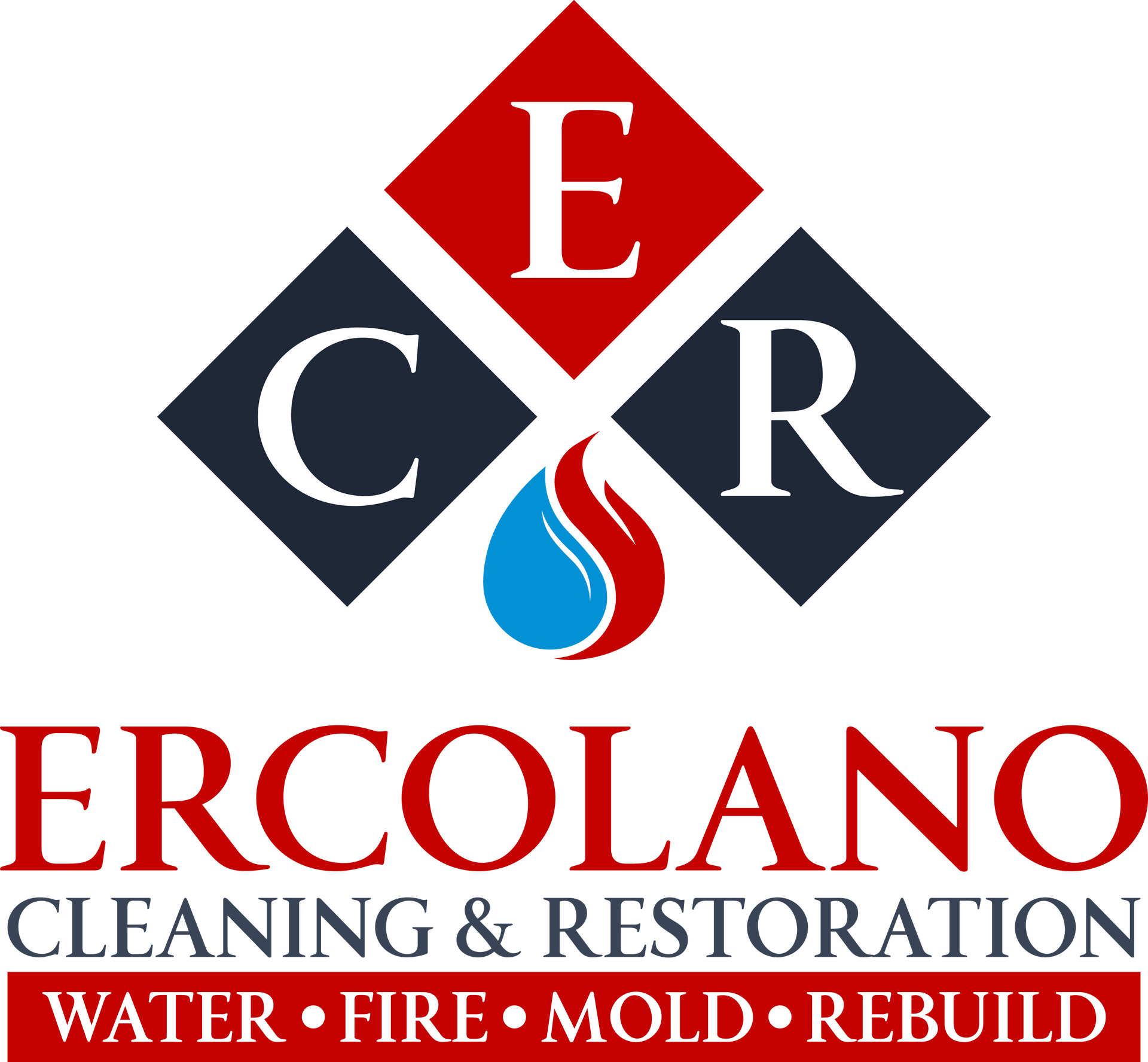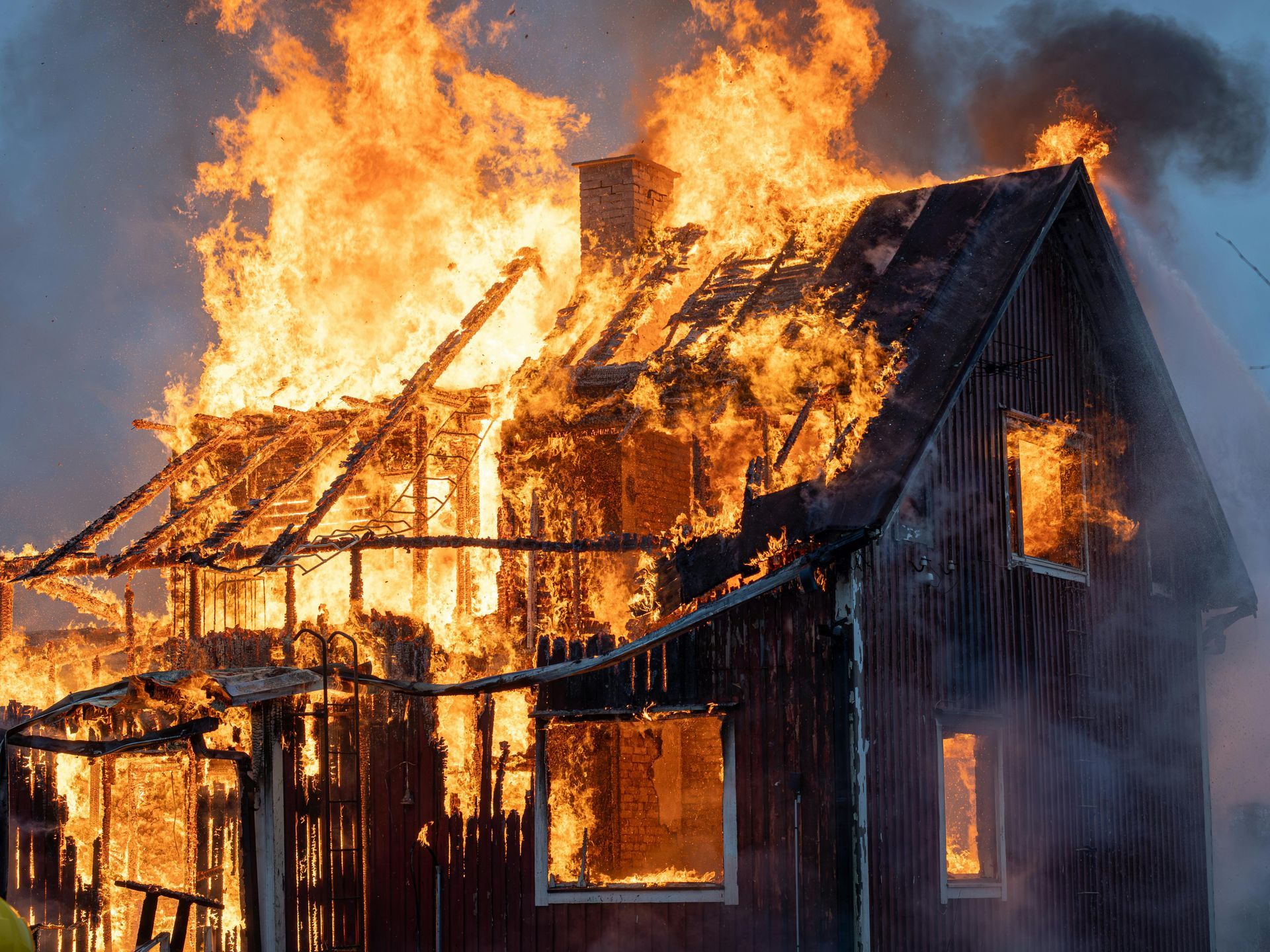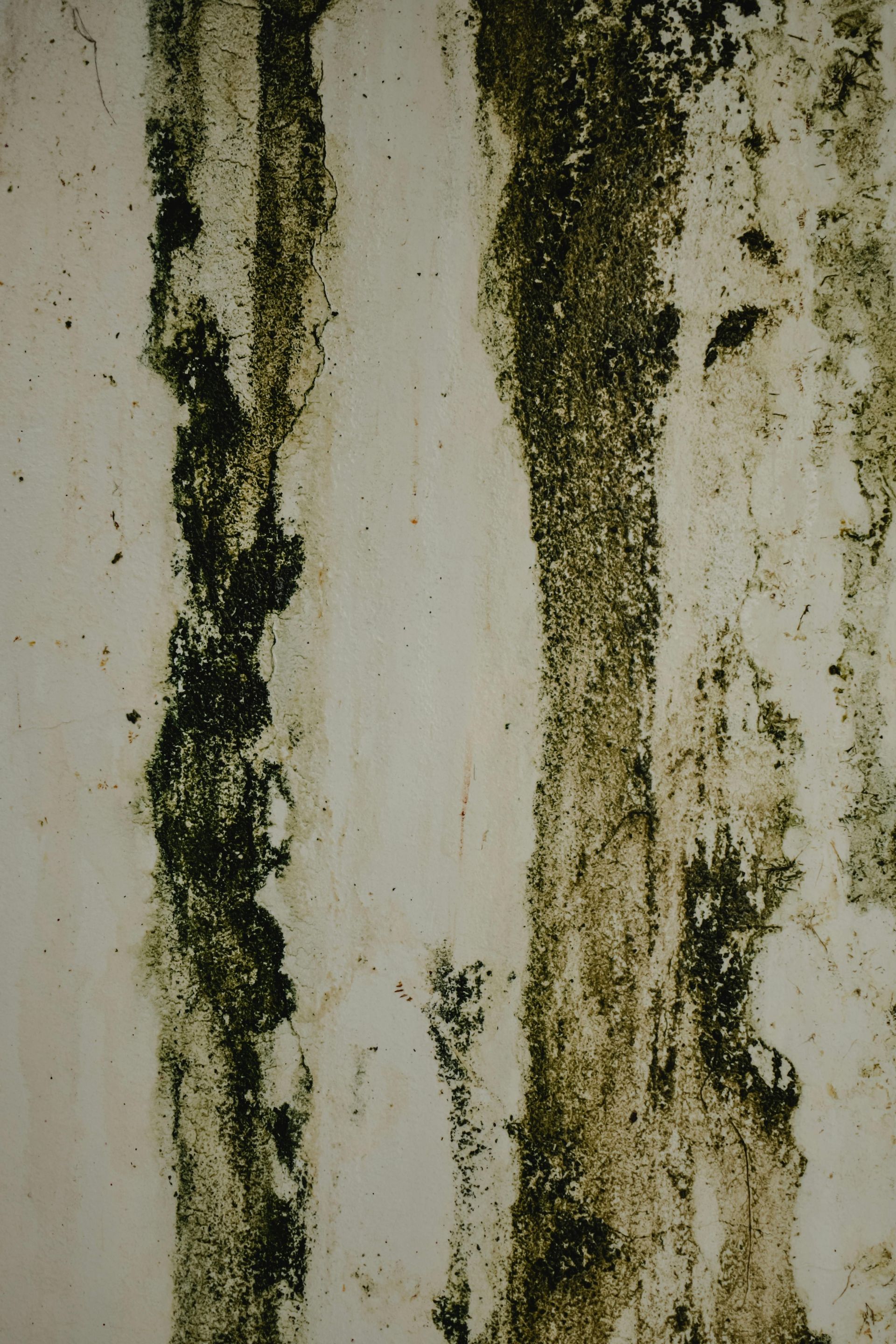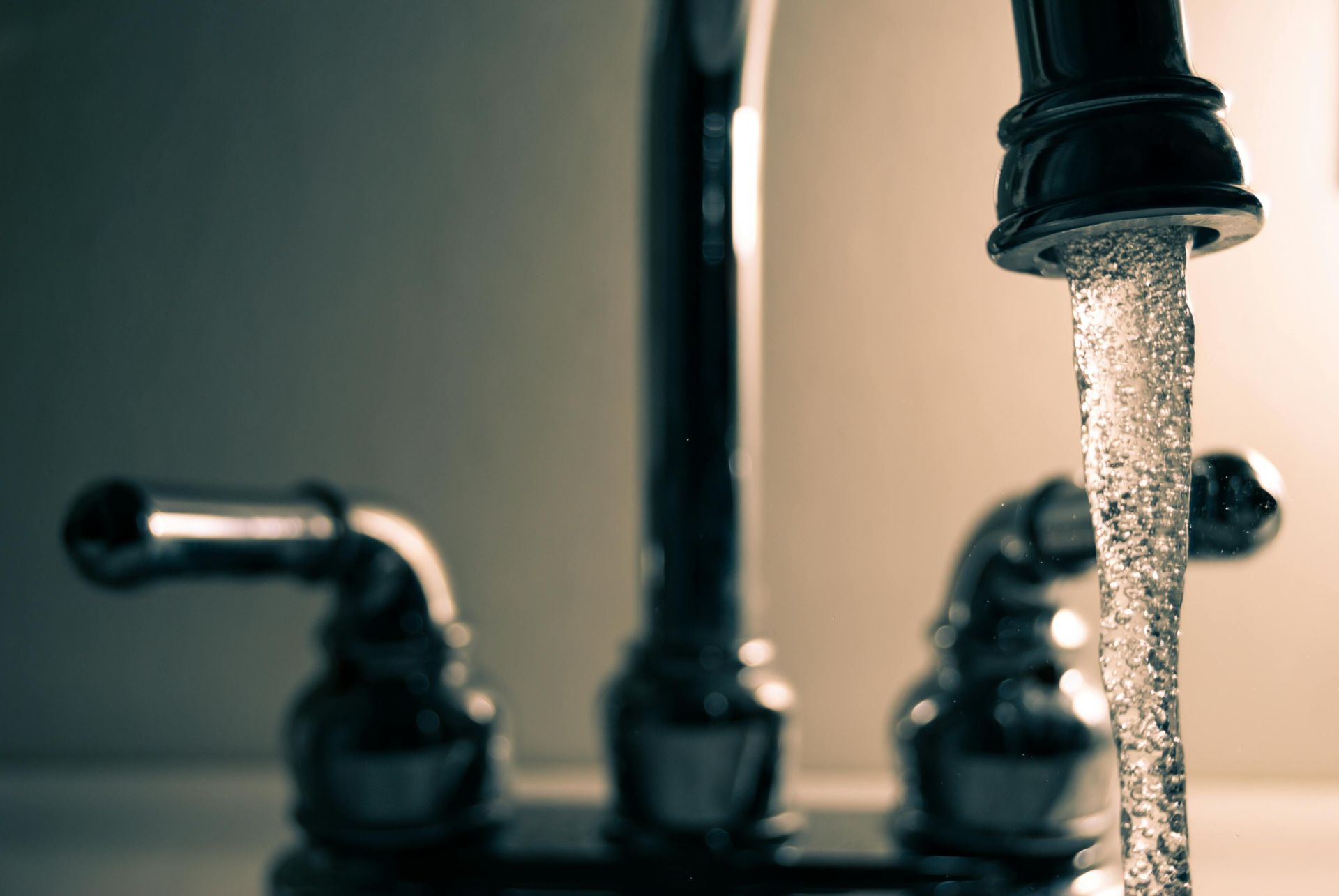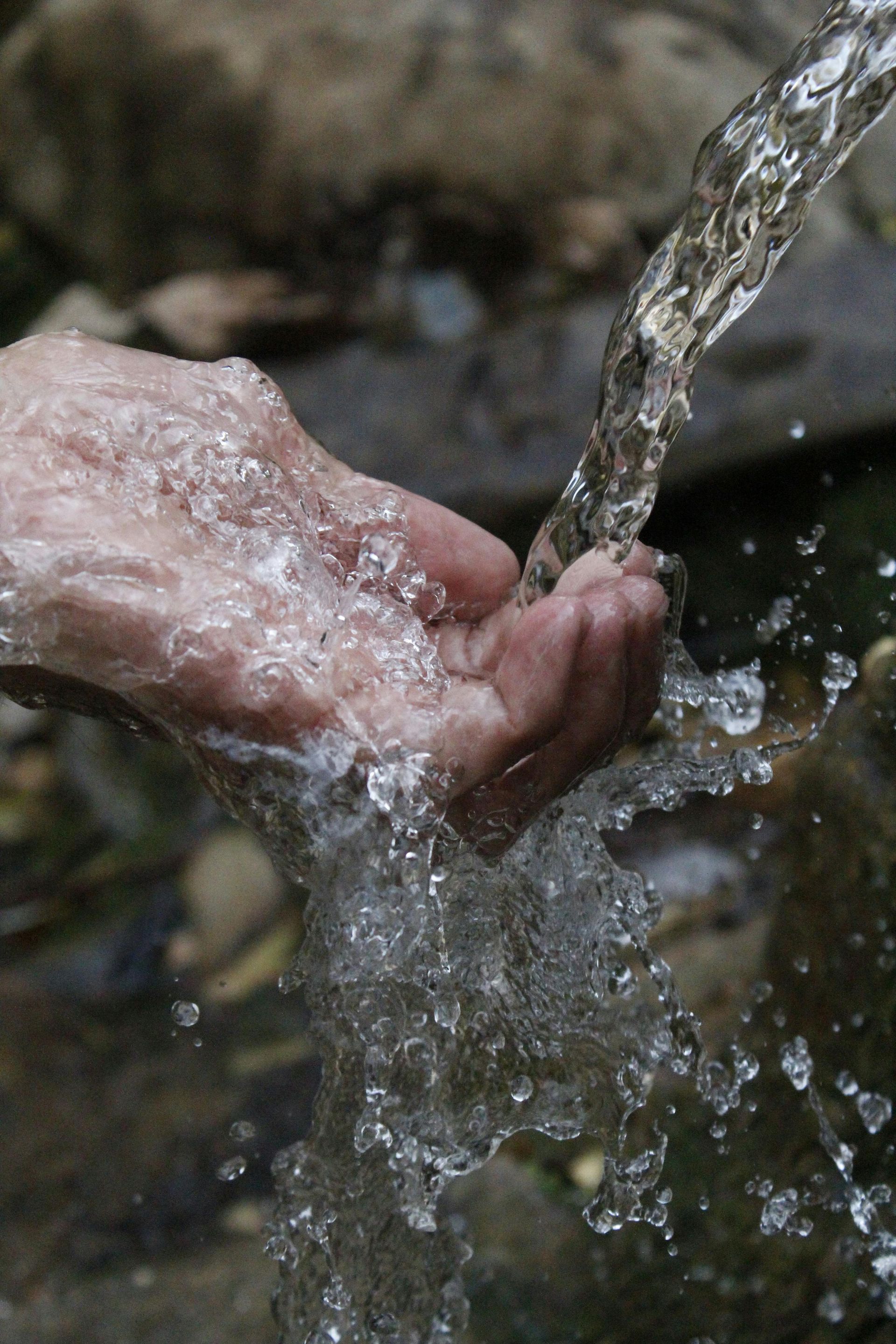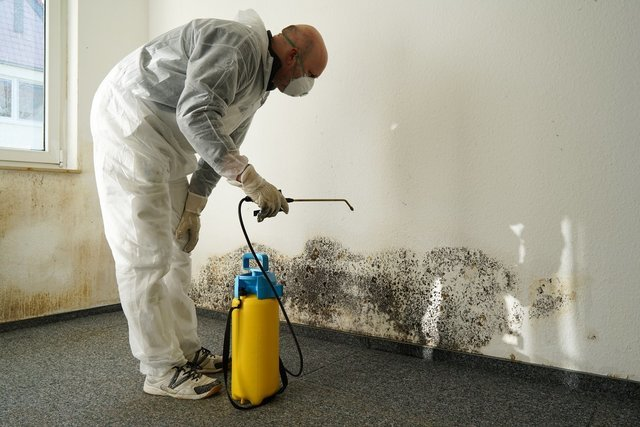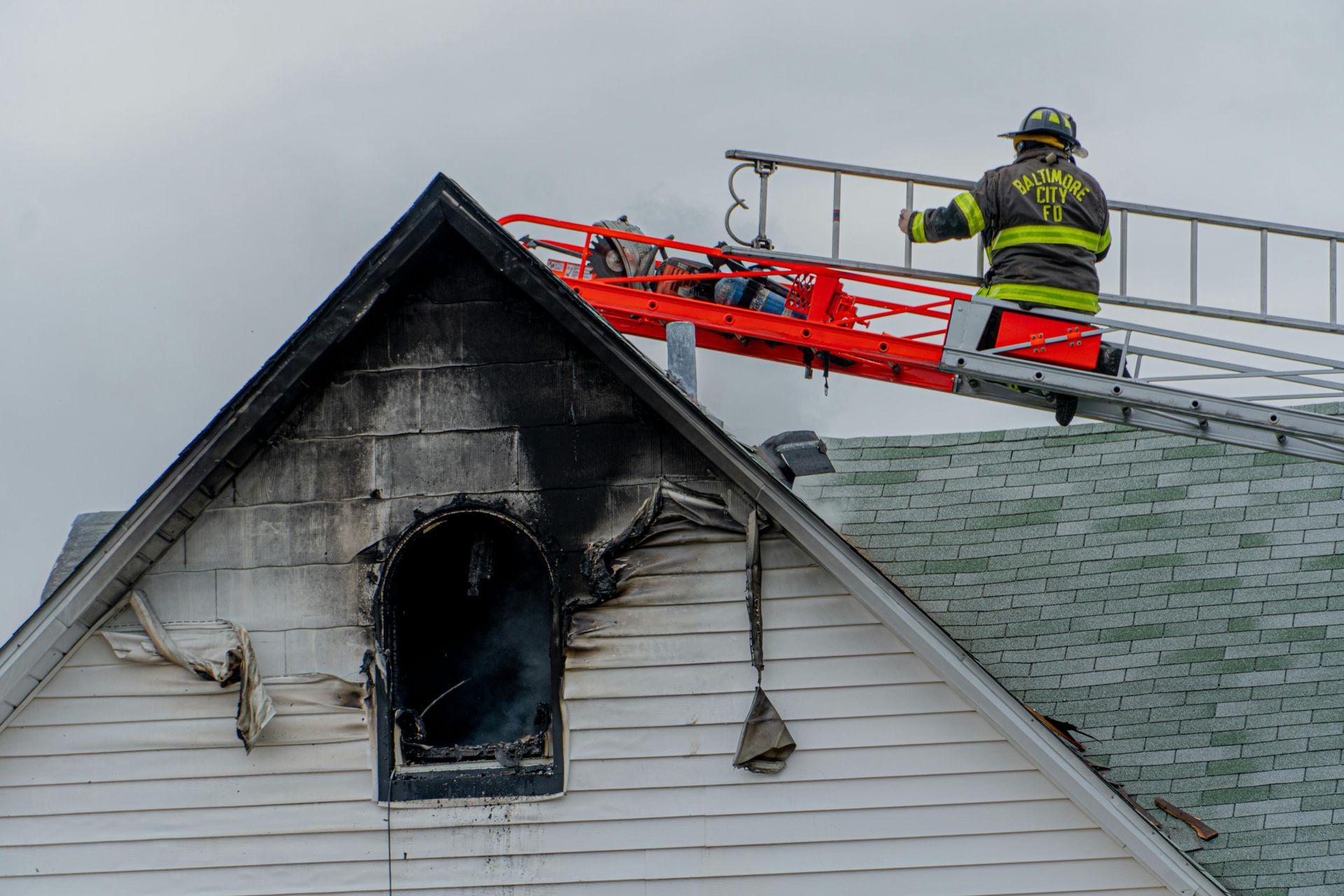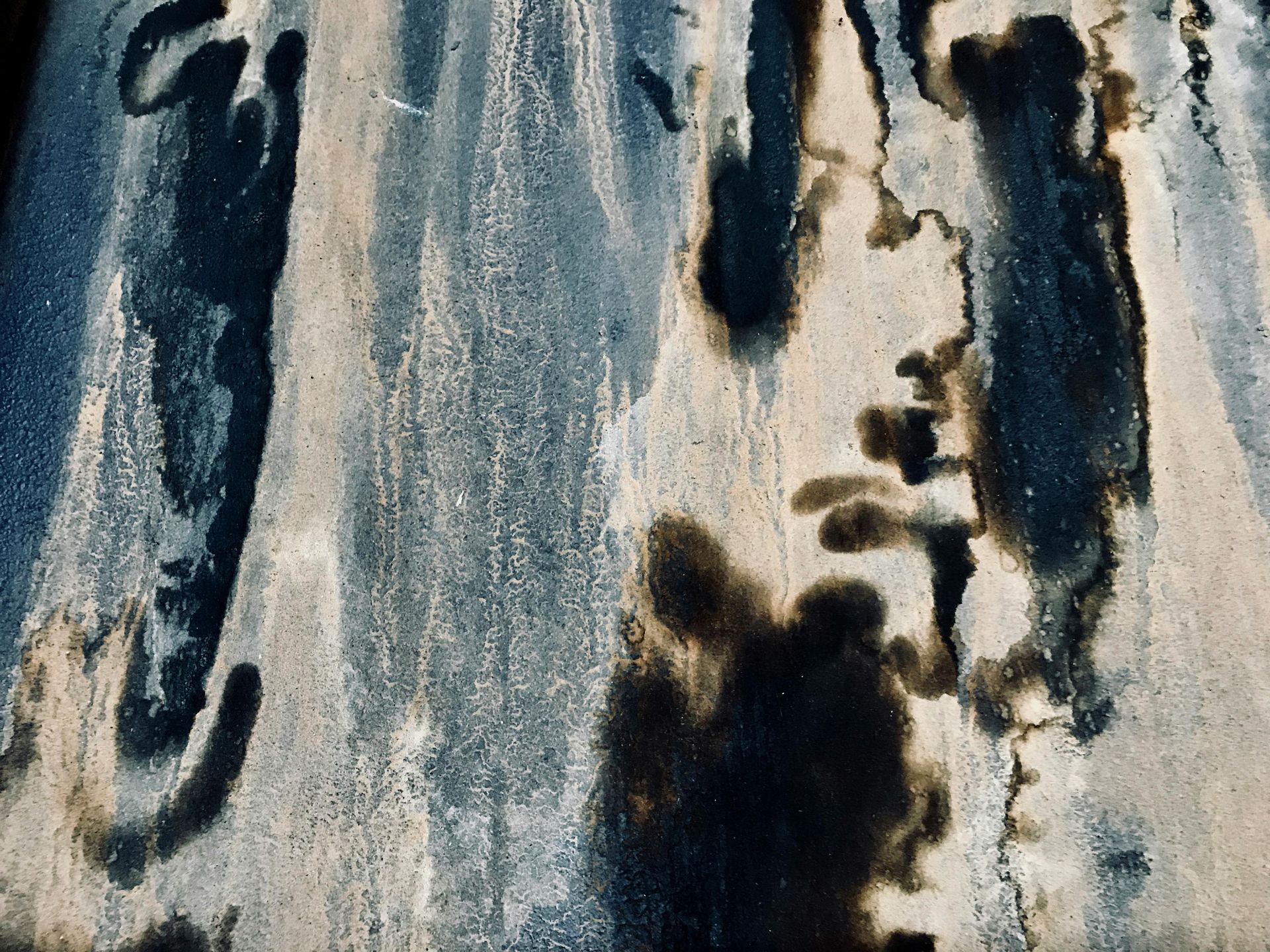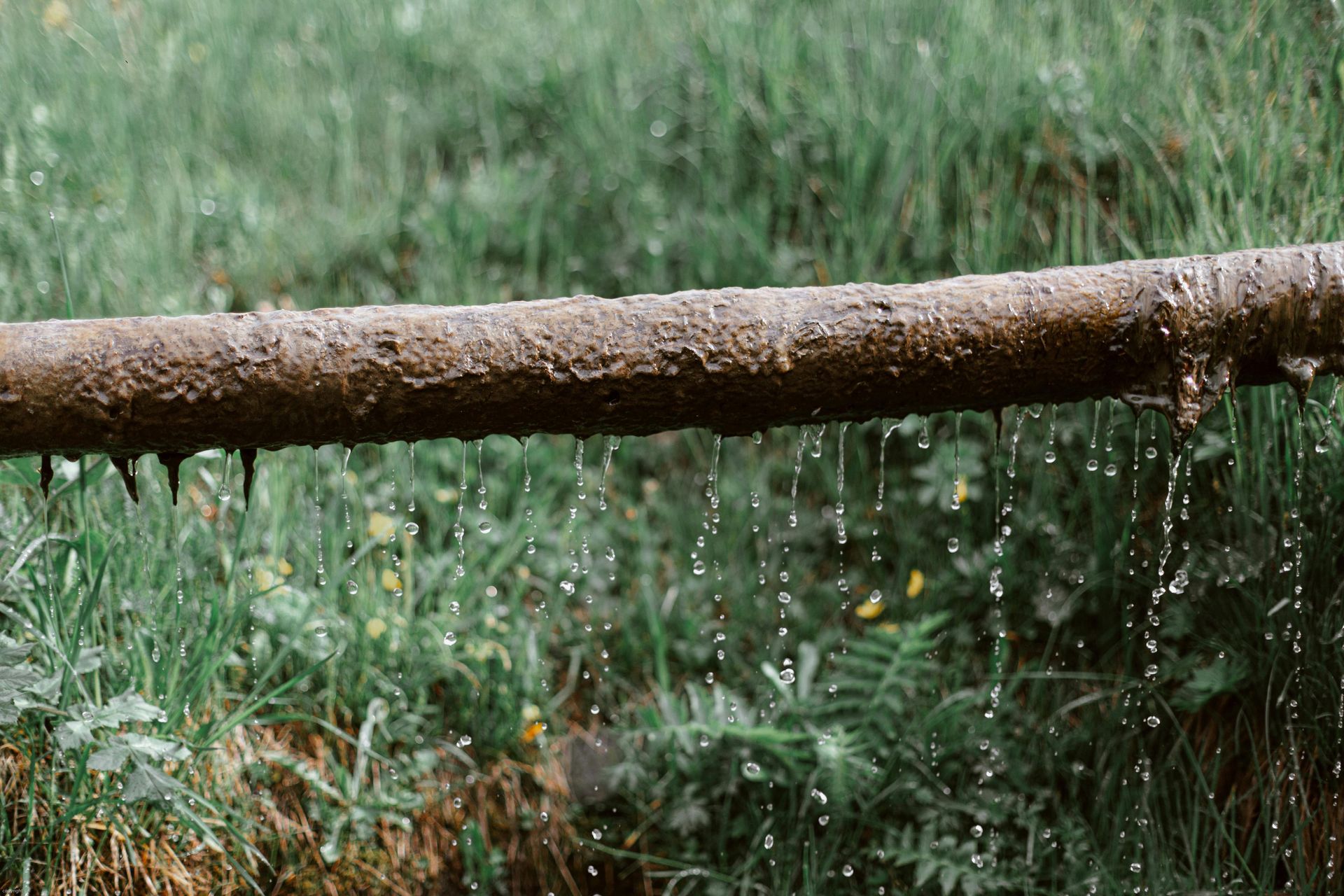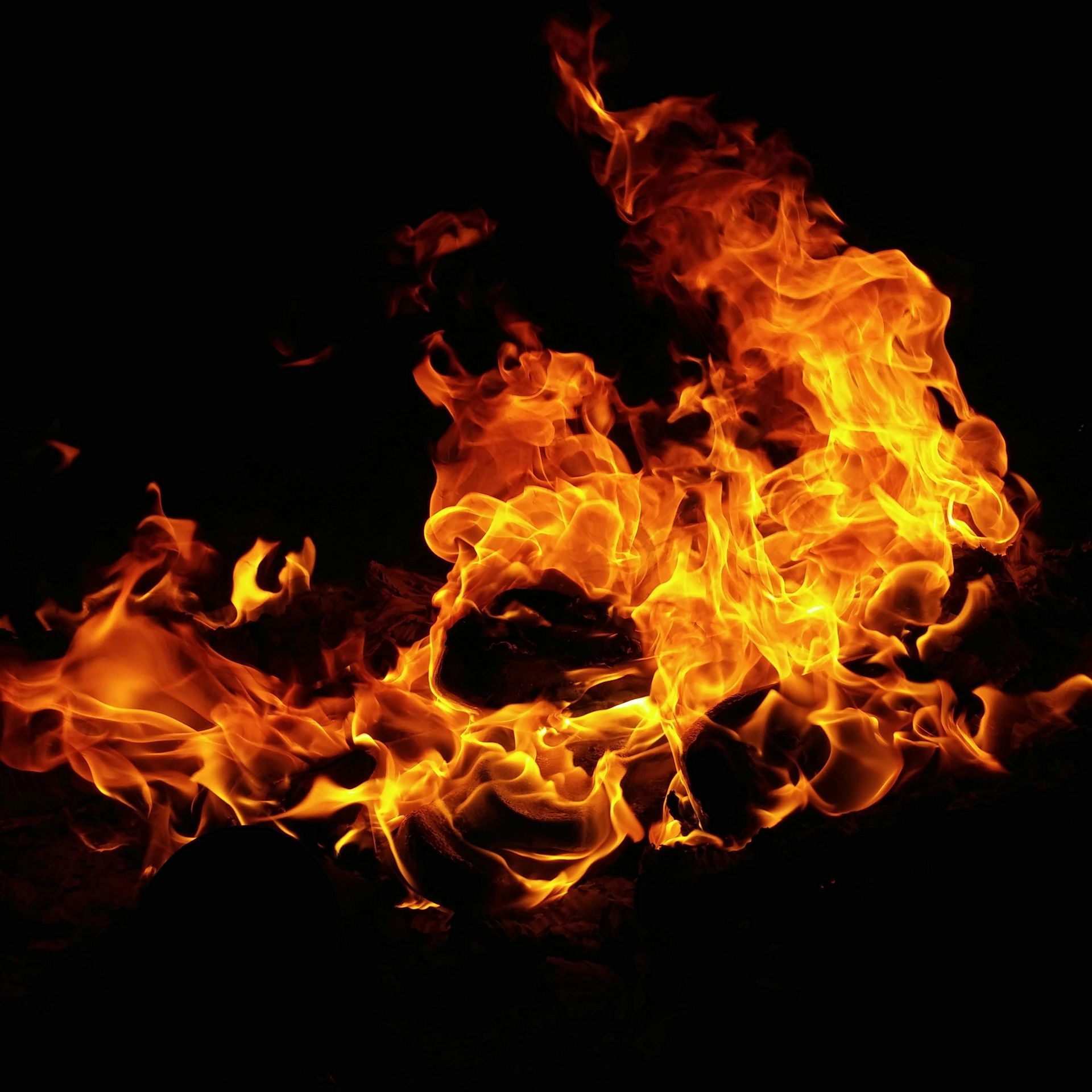Understanding the Causes of Mold Growth in Your Home
What Causes Mold in Your Home and How to Prevent It: A Complete Guide
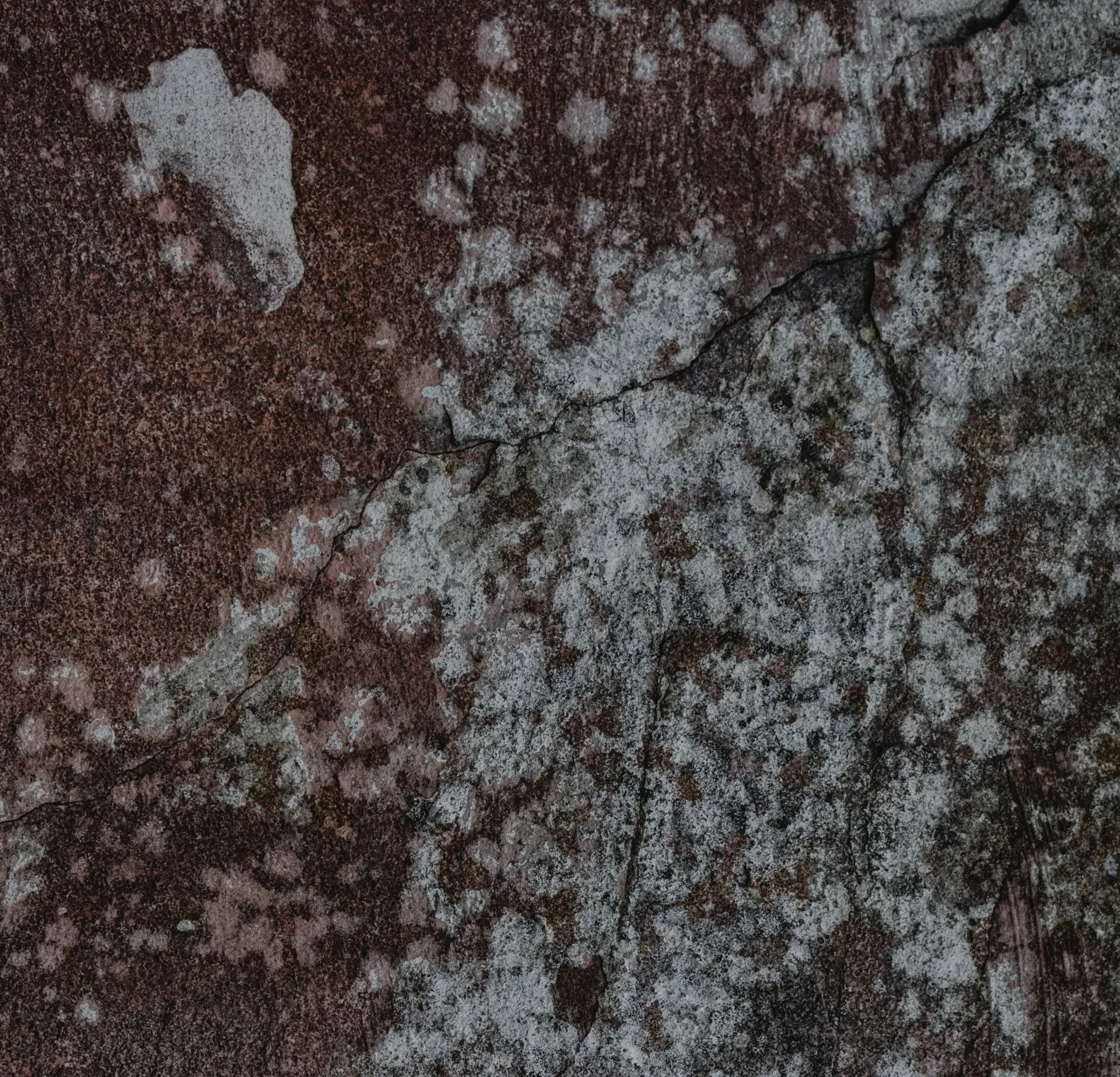
Mold growth in your home is a serious issue that can cause many health problems and lead to costly repairs. Knowing the causes of mold growth and being able to recognize them is essential in order to prevent mold from appearing in your home. What causes mold? In this article, we will discuss the various factors that can cause mold growth in your home, as well as how to best identify and address them. We'll look at humidity levels, ventilation issues, water leaks, and other environmental factors that may increase the likelihood of mold growth.
By understanding these causes and taking proactive steps to address any of the potential sources of moisture or humidity, you can help prevent unhealthy mold from forming in your living space. Let's take a closer look at these important factors so you know what to watch out for!
Understanding the Causes of Mold
Mold growth is a common problem in buildings. It can cause health problems, damage to property, and even financial losses. Understanding the causes of mold can help to prevent or reduce its growth and spread.
Moisture
Moisture plays a critical role in mold growth and is the most important factor in indoor air quality. Excess moisture can lead to mold growth, as higher amounts of humidity provide ideal conditions for spores to thrive. Sources of moisture that contribute to mold growth include leaks, condensation, and high levels of humidity in the air.
Leaking pipes, roofs, and other sources of interior and exterior water can cause moisture to accumulate in walls, floors, and other areas. This moisture provides the perfect environment for mold spores to grow. Condensation occurs when warm air meets cold surfaces or windows and creates a damp atmosphere inside the home. Additionally, high relative humidity levels in the air are also a factor in mold growth. When the relative humidity level rises above 60%, warm, moist air acts as an incubator for mold spores, allowing them to grow and spread.
Poor Ventilation
Poor ventilation can play a major role in mold growth due to the humidity levels it creates and the difficulty for moisture to evaporate. When there is not enough air circulation, excess moisture will remain in the space, which can lead to high levels of humidity that are perfect for breeding mildew and other forms of mold. The buildup of moisture not only provides ideal conditions, but also the dampness itself can further cause mildew to form. Poor ventilation is a leading factor in mold growth and should be addressed as soon as possible to prevent further damage. It is important to ensure that there is proper air circulation throughout your living space in order to avoid potential issues with moisture buildup and mold growth.
Water Damage
Water damage is one of the main precursors for mold growth. Even small amounts of water, such as from a leaking pipe or roof, can create an ideal environment for mold to grow. Basements are especially susceptible to water damage because they are often below ground and prone to flooding and other forms of moisture seepage. If these moisture issues are left unchecked, it can lead to excessive mold growth in the basement. It is important to address water damage promptly and effectively so that mold growth can be prevented or minimized. In some cases, even minor water damage can create ideal conditions for mold to develop if it is not addressed quickly. Therefore, it is essential to take action immediately when any form of water damage is detected in order to prevent mold growth.
High Humidity
High humidity is a major factor in the growth of mold and mildew. When indoor humidity levels exceed 60%, moisture condenses on surfaces like walls, windows, and floors, creating an ideal environment for mold to thrive. Not only can high humidity occur naturally due to outdoor weather conditions, but activities within our home can also contribute to humid air. Humidity is released into the air with every breath we take, every time we shower, cook or do laundry. Excess moisture in the air creates a prime environment for mold to grow and can lead to costly damages if not addressed quickly. It's important to keep your home dry and limit indoor humidity levels by using dehumidifiers, proper ventilation, and reducing the amount of humid activities done indoors. Keeping your home free from high humidity levels can help prevent mold growth and potential health hazards.
Poor Insulation
Poor insulation in a home increases the likelihood of mold growth. When insulation is inadequate, temperature fluctuations and condensation can occur, creating ideal conditions for mold to thrive. These temperature variations cause moisture to accumulate on surfaces as well as in air spaces, providing food sources for molds that are already present. Such excessive moisture levels also provide an environment conducive to rapid mold growth. Additionally, if condensation occurs and remains on surfaces without drying, it can lead to water accumulation in areas such as walls and ceilings where molds can grow. Poor insulation can also be a contributing factor to the development of air leaks due to temperature differences between indoor and outdoor air, allowing moisture-laden air from outside sources to enter the home, providing a steady source of moisture for mold growth.
Lack of Sunlight
Lack of sunlight can create ideal conditions for mold growth. Areas or spaces in one's home that do not receive much sunlight, such as basements and closets, are particularly susceptible to mold buildup due to the lack of light. With no natural light to dry out the area, these places become moist and dark environments that are ideal for mold growth. Sunlight, on the other hand, can help to reduce humidity levels and prevent mold from taking hold in a home. Sunlight helps to dry out damp surfaces and inhibits the growth of mold by reducing moisture levels in the air. Additionally, sunlight is capable of killing certain types of mold spores that are exposed to its rays. Therefore, it is important to provide adequate sunlight in areas of the home that are prone to mold growth in order to reduce risk and inhibit mold from taking hold.
Poor Cleaning Habits
Mold thrives in moist, dark environments, which is why poor cleaning habits can be a major factor in encouraging mold growth. Dust and dirt that accumulate on surfaces provide the perfect breeding ground for mold to grow. Spills and other liquid sources that aren't cleaned up quickly create an ideal environment for mold to spread. When these elements combine, they create the ideal conditions for mold to flourish. Furthermore, regular cleaning of your home can help discourage the spread of mold and prevent future growth. Dusting surfaces regularly helps remove any debris where mold can grow, while wiping down spills quickly can help avoid any lingering moisture that could lead to mold growth. Additionally, keeping up with laundry and dishes can help prevent excess moisture and reduce the risk of mold growth.
Organic Materials
Organic materials, such as wood, paper, and fabric, are ideal sources of food for mold. These materials provide nutrients that can support the growth and reproduction of mold spores. When these organic materials become damp or wet due to water damage or high humidity levels, they can create the perfect environment for mold growth. Drywall and insulation are also materials that mold spores can feed on, and if they become damp or wet, these materials provide an ideal environment for mold growth. Understanding the role of organic materials in mold growth is essential for preventing and controlling it. By removing excess moisture from your home, you can reduce the risk of mold growth and help maintain healthy indoor air quality.
How to Prevent Mold in Your Home
Mold is a serious problem for homeowners, as it can cause health problems and damage to the structure of the home. Fortunately, there are steps that homeowners can take to reduce the risk of mold growth in their homes.
- Monitoring indoor humidity levels and keeping them below 60% is an important mold prevention tactic. Air conditioning, dehumidifiers, and ventilation fans can all help to keep moisture at bay and reduce the chances of mold growth.
- Properly ventilating bathrooms and kitchens during and after use can also prevent mold from taking hold. Exhaust fans, open windows, and ventilation systems can all be used to draw out moisture-laden air and replace it with dryer air.
- Fixing leaks and addressing water damage promptly is also essential for preventing mold growth. Any wet spots should be dried within 24 to 48 hours of being exposed to water to prevent them from becoming breeding grounds for mold.
- Ensuring adequate insulation to prevent condensation is an important mold prevention tactic. Improperly insulated walls, windows, and doors can allow warm, moisture-laden air to escape into the cold outside environment, resulting in condensation that provides a perfect breeding ground for mold. So, make sure all outdoor surfaces are properly insulated. You may invest in drywall insulation too!
- Cleaning and maintaining HVAC systems is an important step in preventing mold growth. By replacing filters regularly, dust and other particles can be removed from the air and prevent the buildup of moisture, which can lead to mold growth. It is also important to check, and clean ducts since any debris trapped inside can create a breeding ground for mold.
- Regularly cleaning and dusting your home also helps prevent mold growth. Dust, dirt, and pet dander can accumulate in the air and on surfaces, providing an ideal environment for mold to grow. Vacuuming carpets and furniture regularly will help remove any particles that may be providing a breeding ground for mold spores.
- Using mold-resistant products in areas of high moisture, such as bathrooms and basements, is another way to prevent the growth of mold. These products can help ensure that any moisture which accumulates in these areas is quickly removed, making it harder for mold spores to take hold and grow.
Mold Problems? Call Ercolano Cleaning & Restoration!
Mold growth can have serious impacts on your home, from damaging walls and floors to posing health risks. It's essential to know the causes of mold in order to prevent it. The most common causes include high levels of moisture, warm temperatures, poor ventilation, and organic materials like wood or paper. It's important to take preventive measures such as keeping surfaces dry, removing water sources, increasing air circulation, and using a dehumidifier. This is to protect your home and family from mold.
Ercolano Cleaning & Restoration services in New Haven, CT, can help you with your mold prevention needs. Our experienced technicians provide comprehensive solutions for your home, from risk assessment to implementing preventive measures. To ensure a safe and healthy home, call Ercolano Cleaning & Restoration today and get your mold prevention needs to be taken care of!
